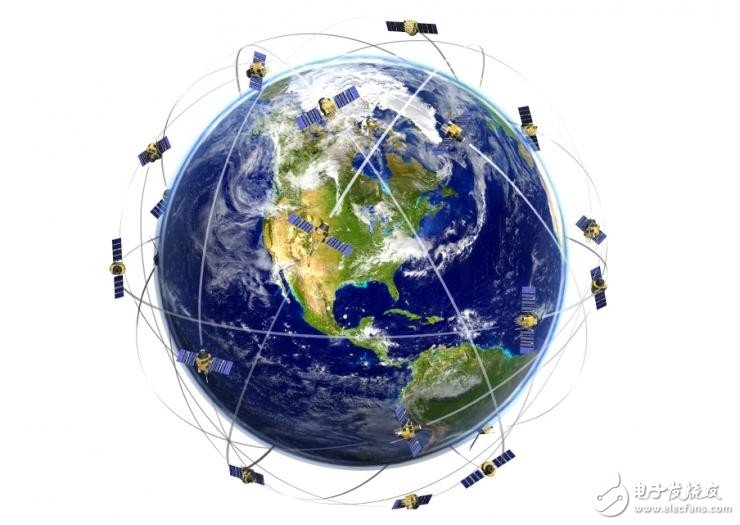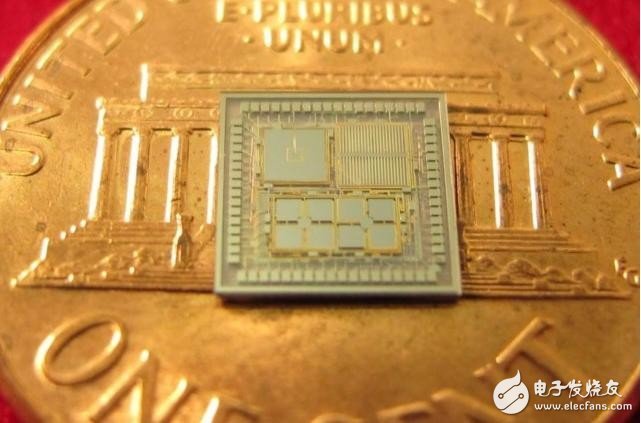The most sad thing to drive is to get lost. However, since the GPS, many road problems can be solved, it can be deployed in car navigation systems or portable navigation devices, can also be deployed into the car center console, even the owner's smart phone, just open the map, you will Can easily know where they are. However, if the car navigation interface is rough, input data will be more troublesome, especially in the process of driving the car, it will be difficult to complete the address input operation.

This article will introduce you to what GPS is, what it can do for the car, and what other uses it will have in the future. GPS will make you drive safer, help you understand the surrounding traffic, find nearby services, and even help the store to sell services.
How does GPS work (maybe more than you want)
Since 1994, there have been 24 GPS satellites over the Earth. They have been divided into six groups and are orbiting the Earth at a height of 13,000 feet. They are geosynchronous orbiting satellites, but they are not stationary, but fly from west to east at a speed of 8,000 miles per hour, and can orbit the earth twice a day. Each satellite is equipped with an atomic clock and is constantly reported:
Pseudo-random code: ID of each satellite
Ephemeris data: The current date and time, whether the satellite is healthy or unhealthy ("unhealthy" may mean that the satellite is being repositioned or recalibrated, not that it flies away)
Yearbook data: Data on when and where the satellite is located (every GPS satellite has yearbook data)
The receiver inside the GPS captures the time of arrival (TOA) and time of flight (TOF) from the satellite. Given the speed of light (constant), and when and where the signal occurs, the GPS receiver calculates your car, your portable navigator, the GPS on foot, or where on the planet the smartphone is. As the device moves along the highway, it also calculates the speed of travel and the heading of the compass, but the speed of the GPS is usually a few miles slower than the speed displayed on the car's odometer. The driving data will be presented in the navigation system. Satellite signals travel from the Earth's atmosphere from the 40-600 mile altitude through the ionosphere, causing delays; the GPS system applies correction factors.
In general, we need three GPS signals to determine the position of the (triangulation) receiver and then use the fourth signal to calculate the height. Of course, the more satellites the receiver receives (the maximum should be twelve, because a total of twenty-four satellites, and the other twelve on the other side of the Earth), the higher the quality of the positioning. If the atomic clock is inaccurate, or other inaccurate information is entered, the GPS can be corrected.
The first GPS satellite was launched in 1978. Many GPS satellites are currently operating well and last for ten years. They weigh about 2,000 pounds (by weight on Earth) and can be as long as 17 feet if they count satellite-powered solar panels. These satellites can emit more than 50 watts of output. Of course, many new satellites are being developed and launched. Many countries around the world now have their own GPS satellites.

Newer GPS systems (receivers on Earth) are more accurate, and they are able to locate smaller objects at a lower price, and they can even locate indoor GPS receivers. The US Department of Defense's Advanced Research Projects Agency has shown a chip that is smaller than a penny coin, but has three gyroscopes built in, three accelerometers, and a built-in clock (see above). There are other researchers who have developed a number of techniques to improve the accuracy of GPS timing and satellite clocks. The main purpose of these studies is to enable expensive GPS systems to further improve accuracy and to apply this accuracy to ordinary people's automotive central control systems.
The GLIDA Wireless Power Bank has the modern appearance of Anker's, awesome design and released in 2019. This Small and Elegant Portable Wireless Charging Battery allows you to charge any Qi-enabled device on the go. With 20000mah of wireless power, the smart guy can keep your device topped up all day long.
Thanks its 3 USB ports and wireless charging feature design, RLERON 2 in 1 Wireless Charger Power Bank can charge up to 3 devices simultaneously and supports wireless charging at up to 1A for Qi-enabled devices. The charger has relatively good workmanship with sharp edges for better hands-on.
GLIDA 10000mAh Wireless Power Bank can quick charge your QC3.0 Smartphone to 80% within 35 minutes, saving a lot of time. The charge itself supports two types of USB ports (Micro and Type C)to recharge, 3 USB output ports (USB C + QC3.0 + USB A) can automatically detect and adjust the charging current to obtain the fastest charging.
wireless power banks for charge; solor wireless power banks,power banks
Shenzhen Glida Electronics Co., Ltd. , https://www.szglida.com
